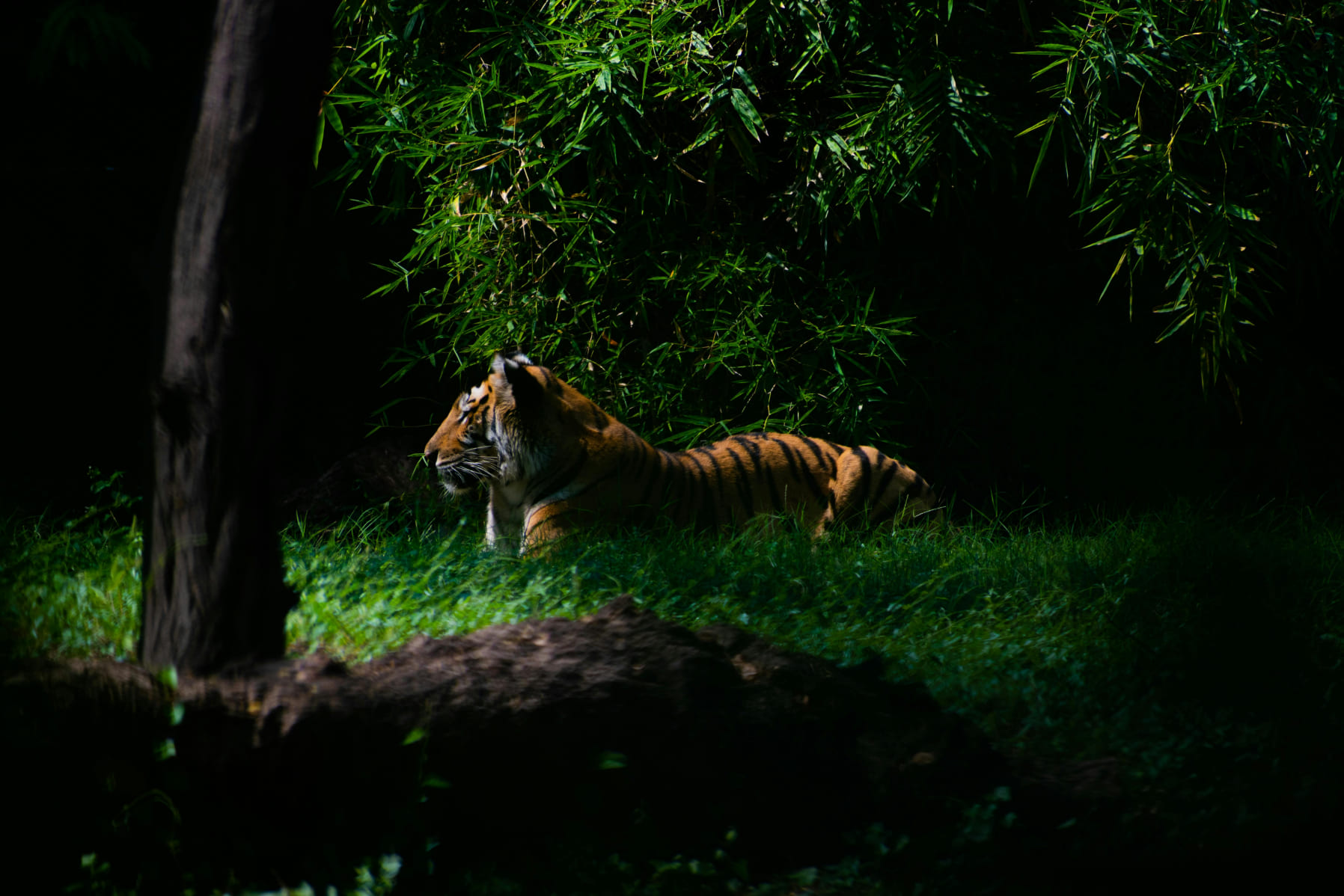Animal world

The Role of Tigers in the Ecosystem
Tigers are apex predators, playing a pivotal role in maintaining the balance of their ecosystems. As top hunters, they help regulate the populations of various herbivores such as deer, wild boar, and buffalo. Without tigers, these prey species can proliferate unchecked, leading to overgrazing and the consequent degradation of vegetation. This imbalance affects the entire ecosystem, including the flora and fauna that depend on the same habitat.
Read More

The Conservation Challenges Faced by Tigers
Tigers face numerous conservation challenges that threaten their survival. Historically, tigers roamed across a vast range from eastern Russia to the islands of Indonesia. However, their populations have drastically declined due to several factors. Habitat loss is a primary concern, as forests and grasslands are cleared for agriculture, logging, and urban expansion. This deforestation fragments tiger habitats, making it difficult for tigers to find sufficient food, mates, and suitable territory.
Read More

The Unique Adaptations of Tigers
Tigers are remarkable examples of evolutionary adaptation, equipped with features that make them highly effective predators. Their physical adaptations include powerful muscles, sharp claws, and large canine teeth, all of which contribute to their hunting prowess. Tigers possess strong jaws and a bite force capable of piercing thick hides and breaking bones, allowing them to take down large prey.
Read More

The Social Behavior of Tigers
Tigers are solitary animals, and their social behavior is primarily focused on territory and mating. Each tiger establishes and defends its own territory, which can vary greatly in size depending on the availability of prey and habitat conditions. Territories are marked with scent markings, scratch marks on trees, and vocalizations to communicate with other tigers and establish boundaries.
Read More

The Cultural Significance of Tigers
Tigers have held a significant place in the cultural and spiritual traditions of many Asian societies. In countries such as India, China, and Korea, tigers are revered symbols of power, courage, and protection. In Hindu mythology, the goddess Durga is often depicted riding a tiger, representing strength and the destruction of evil. This portrayal underscores the tiger’s role as a protector and a symbol of divine power.
Read More

The Impact of Climate Change on Tigers
Climate change poses a significant threat to tiger populations by affecting their habitat and prey availability. Rising temperatures, changing precipitation patterns, and extreme weather events can alter the ecosystems that tigers depend on. For instance, the melting of glaciers and changes in river patterns can affect the water sources that sustain tiger habitats.
Read More

The History of Tiger Conservation Efforts
The history of tiger conservation efforts reflects a growing awareness of the need to protect these magnificent animals from extinction. In the early 20th century, tigers were widely hunted for sport, their pelts, and other body parts. This overhunting, combined with habitat loss, led to a dramatic decline in tiger populations.
Read More

The Role of Technology in Tiger Conservation
Technology has become an invaluable tool in the field of tiger conservation, offering new methods for monitoring and protecting these elusive animals. One of the most significant technological advancements is the use of camera traps, which allow researchers to capture images of tigers in their natural habitats without disturbing them. These cameras provide valuable data on tiger populations, distribution, and behavior, helping to inform conservation strategies.
Read More

The Future of Tigers: Challenges and Opportunities
The future of tigers is uncertain, and their survival depends on addressing a range of challenges and seizing opportunities for effective conservation. Key challenges include habitat loss, poaching, human-wildlife conflict, and the impacts of climate change. To overcome these challenges, a multifaceted approach is required, involving government action, international cooperation, and community engagement.
Read More
